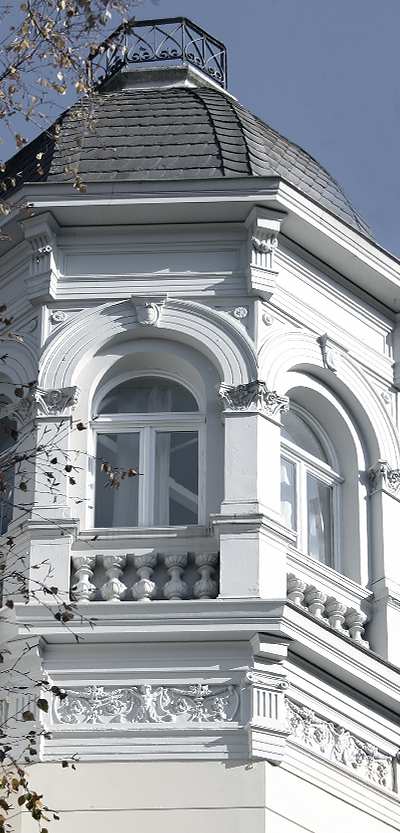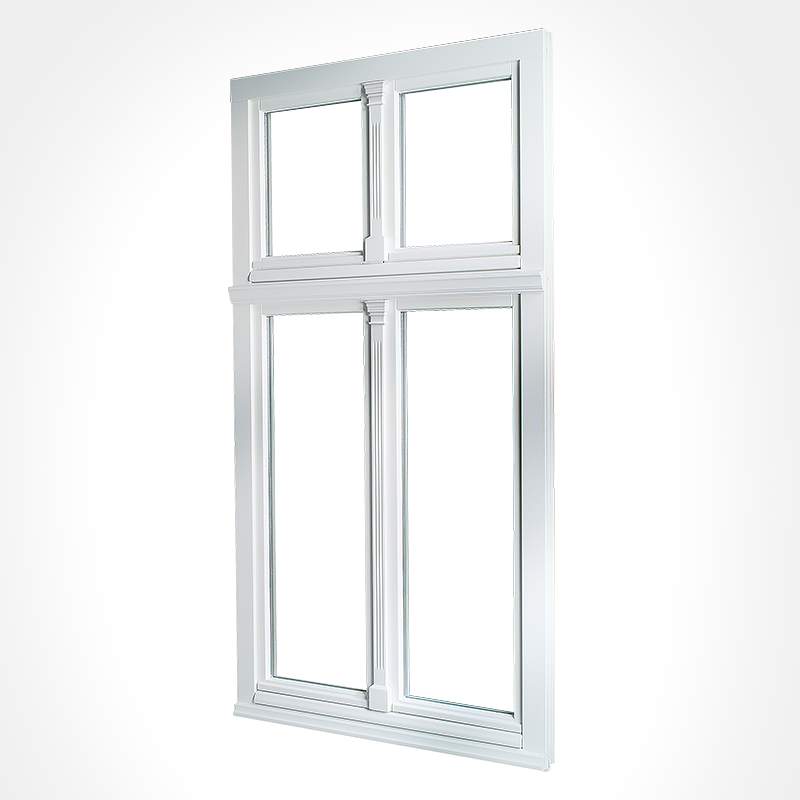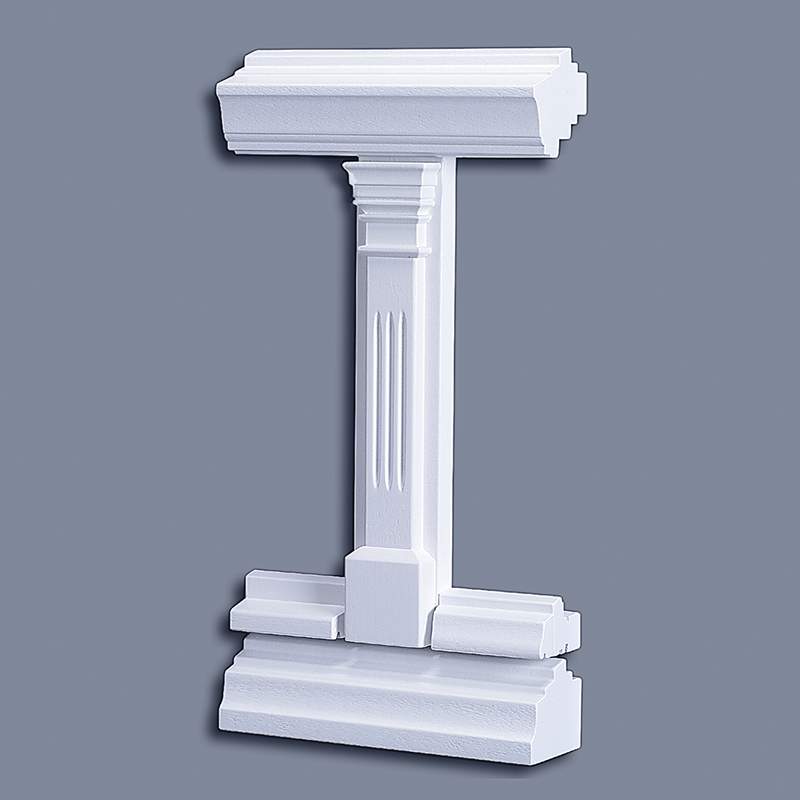Historic Replacement Windows
Modern Performance in a Historic Look
Historic buildings are not just a beautiful addition to any neighborhood, but important cultural assets. Preserving traditional homes and buildings is thus in the public interest and regulated by special preservation codes many cities. They typically focus on conserving the original period look across the facade and roof, including all of its components like doors and windows. Neuffer offers custom built historic windows and doors in multiple materials and sizes to meet your project's technical, performance and historic requirements.
What is a Historic District?
Throughout the United States and particularly on the East Coast, there are a large number of areas designated as historic districts by the city, state or federal government. They are seen as being historically or architecturally significant and buildings and structures in these areas are subject to special regulations when it comes to alterations or design changes on the exterior. Example areas include Charleston, Savannah, New Orleans and San Francisco but today there are over 2,000 such areas throughout America.
Therefore, when making any change to the exterior of your home or building, including windows and doors, special guidelines to preserve the original look must be followed. Luckily, Neuffer offers a range of modern custom made windows that can match the appearance of historic ones while providing the superior performance of today.
Replacing Windows in a Historic District
While historic windows boast excellent craftsmanship and beautiful hand-made hardware, their long term durability is offset by deterioration over time. Years of use and weather typically leads to warping, rotting and deformation which in turn leads to regular repainting and sanding. Eventually, historic sash windows can become nearly unusable while at the same time offering little to no security and terrible insulation. A modern replica with the performance of today will let you enjoy a classic look without sacrificing energy and security.




